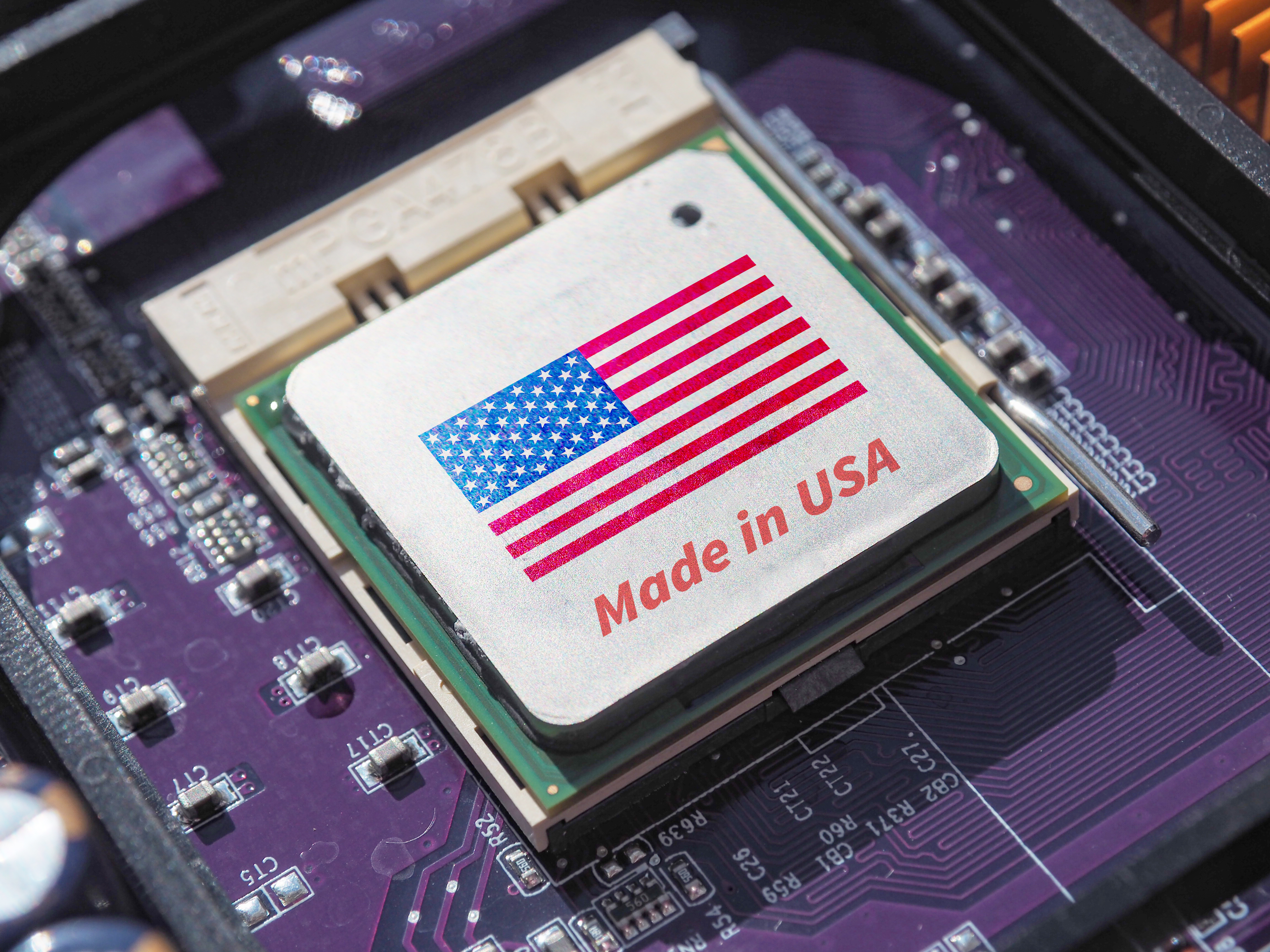
Excitement about the growth of artificial intelligence (AI) was already high, but a wave of major partnership deals last month – particularly those involving AI frontrunner OpenAI – caused many chip and cloud computing stocks to jump significantly in September.
As a market analyst, I’m seeing that finding promising new AI stocks is becoming more challenging given current high valuations. However, I still believe there are good opportunities. I’m focusing on solid, reliable AI companies – the ones that can weather market fluctuations – and also keeping an eye on companies that are underperforming now but have the potential to benefit significantly from AI advancements.
These two prominent companies represent both cautious and ambitious approaches to the current wave of artificial intelligence development.
Microsoft
Microsoft is a major technology company known for its business software, cloud services, and Windows operating system. It also owns popular brands like LinkedIn and Xbox, which contribute significantly to its revenue.
Microsoft’s successful range of businesses generates a lot of cash, allowing them to be a major player in the rapidly developing field of artificial intelligence. Although the rise of generative AI could shake up the tech industry, Microsoft, led by its innovative CEO Satya Nadella, is well-positioned to adapt and thrive during this shift.
Microsoft invested in OpenAI, a company creating cutting-edge AI, relatively early on. While OpenAI might eventually become a competitor to some of Microsoft’s business software, Microsoft would still benefit financially through the increasing value of its OpenAI investment, helping to balance out any potential losses.
I’ve been watching Microsoft closely, and it seems they’re subtly hinting at some good things to come. I saw a report in Bloomberg saying that insiders believe their data center space will be tight for a while longer. To me, that signals they’re expecting continued strong demand – a bullish sign, and potentially a good trading opportunity.
While it might seem like a positive issue, a lack of data center space to keep up with customer needs actually points to a healthy and promising future for Microsoft’s Azure cloud business.
Recently, a Microsoft leader suggested the company is developing its own AI chips. While competitors have been designing these chips for a while, Microsoft has been slower to enter the field. Other major cloud providers are creating their own chips to reduce reliance on, and the cost of, GPUs from companies like Nvidia and Advanced Micro Devices.
Microsoft’s CTO, Kevin Scott, recently stated the company aims to primarily use chips it designs itself in the future, and is already using a significant amount of its own silicon. If Microsoft successfully develops chips that are as good as or better than those from competitors, its profits from cloud computing and artificial intelligence could increase substantially.
Intel
Most companies whose stock prices depend on artificial intelligence are currently performing very well, reaching record highs. However, Intel (INTC) hasn’t kept pace. Although its stock price has recently increased significantly from its low point in April, it’s still about 50% lower than its all-time high and has a much lower overall value compared to other companies benefiting from the growth of AI.
Things started to look up for Intel this summer, with major investments from the U.S. government, Softbank, and Nvidia. These companies collectively invested billions of dollars in the American chipmaker.
Last week, Intel gave journalists a tour of its brand-new, highly advanced semiconductor factory, Fab 51, in Arizona. During the event, Intel revealed the first two products to be made there: the Panther Lake PC processor and the Clearwater Forest data center processor, which is designed to be very energy-efficient. Both are expected to be available in early 2026.
This event marked the official introduction of Intel’s 18A process node, a key step in Intel’s plan to compete with Taiwan Semiconductor Manufacturing in chip technology. The 18A node includes two major advancements: gate-all-around transistors and backside power delivery. Intel announced that the node is showing very few manufacturing defects and is on track for mass production before the end of the year.
This is a big deal, because a lot of the media has been minimizing the progress Intel’s making with its 18A process. I’ve seen reports suggesting low production rates and performance issues, but if Intel can really ramp up production this quarter with solid yields, they’ll be right on track with TSMC’s 2nm chips, which are also coming soon. Interestingly, while TSMC’s chips will use a newer transistor design, they won’t have backside power delivery. That means, for certain applications, Intel could actually leap ahead of TSMC by 2026 – it’s a real possibility I’m watching closely.
Intel is expected to lead TSMC in chip production within the United States. While TSMC plans to invest heavily in U.S. factories, they aren’t likely to manufacture their most advanced 3nm chips here until 2027, with the even newer 2nm technology following a year later. This means that if tensions rise between China and Taiwan, Intel’s role could become significantly more important – potentially increasing dramatically.
Intel is a company worth considering as a potential investment, even with its recent gains. It’s showing signs of recovery, supported by the U.S. government and possibly regaining a leading position in its industry.
Read More
- DOGE PREDICTION. DOGE cryptocurrency
- TON PREDICTION. TON cryptocurrency
- Calvin Harris Announces India Debut With 2 Shows Across Mumbai and Bangalore in November: How to Attend
- GLD vs. SLV: Which ETF Wins for Retail Investors?
- The Dividend Maze: VYM and HDV in a Labyrinth of Yield and Diversification
- Leveraged ETFs: A Dance of Risk and Reward Between TQQQ and SSO
- EQT Earnings: Strong Production
- Dogecoin’s Wild Ride: 165K% Liquidation Chaos!
- The Relentless Ascent of Broadcom Stock: Why It’s Not Too Late to Jump In
- Gold Rate Forecast
2025-10-13 02:28